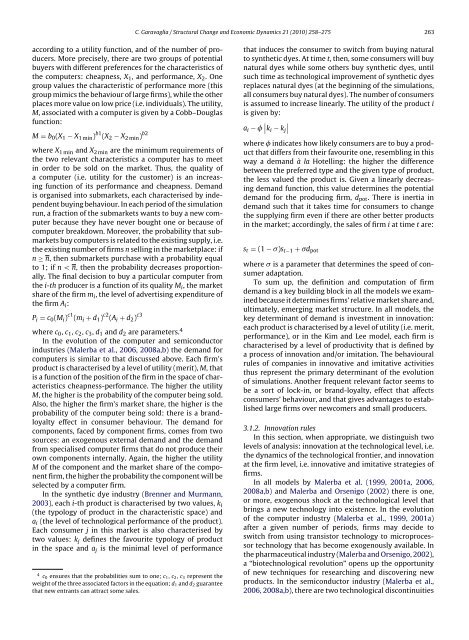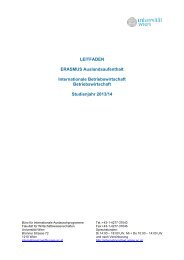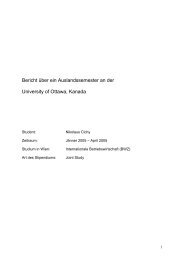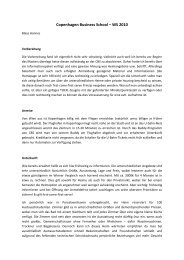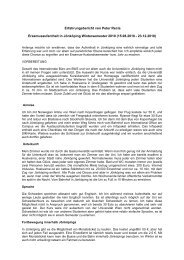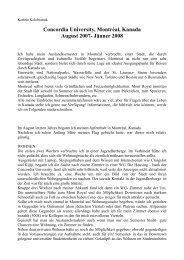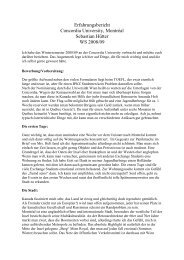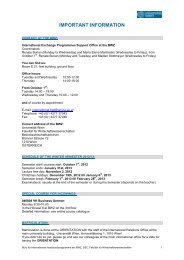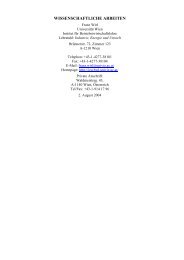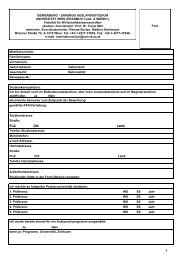Modelling industrial dynamics with "History-friendly" simulations
Modelling industrial dynamics with "History-friendly" simulations
Modelling industrial dynamics with "History-friendly" simulations
You also want an ePaper? Increase the reach of your titles
YUMPU automatically turns print PDFs into web optimized ePapers that Google loves.
according to a utility function, and of the number of producers.<br />
More precisely, there are two groups of potential<br />
buyers <strong>with</strong> different preferences for the characteristics of<br />
the computers: cheapness, X1, and performance, X2. One<br />
group values the characteristic of performance more (this<br />
group mimics the behaviour of large firms), while the other<br />
places more value on low price (i.e. individuals). The utility,<br />
M, associated <strong>with</strong> a computer is given by a Cobb–Douglas<br />
function:<br />
M = b0(X1 − X1 min) b1 (X2 − X2 min) b2<br />
where X1 min and X2 min are the minimum requirements of<br />
the two relevant characteristics a computer has to meet<br />
in order to be sold on the market. Thus, the quality of<br />
a computer (i.e. utility for the customer) is an increasing<br />
function of its performance and cheapness. Demand<br />
is organised into submarkets, each characterised by independent<br />
buying behaviour. In each period of the simulation<br />
run, a fraction of the submarkets wants to buy a new computer<br />
because they have never bought one or because of<br />
computer breakdown. Moreover, the probability that submarkets<br />
buy computers is related to the existing supply, i.e.<br />
the existing number of firms n selling in the marketplace: if<br />
n ≥ n, then submarkets purchase <strong>with</strong> a probability equal<br />
to 1; if n


